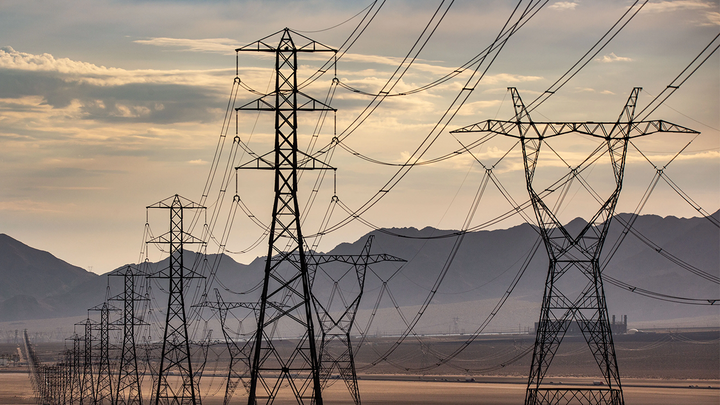Renewables are not the problem that is putting the power grid in danger.
The Biden administration keeps hitting the snooze button even though electric officials and companies across the country are sounding the alarm about the stability of the grid.
The latest warning comes from the North American Electric Reliability Corporation’s (NERC) annual “Reliability Risk Priorities Report.” For the first time, energy policy is one of the five key risk profiles. It joins grid change, security risks, extreme events, and the interdependencies of important infrastructure. This is important because it shows that bad energy strategy is one of the biggest dangers to the grid.
The news is not unexpected. Even with our “all of the above” method, grid stability kept me up at night when I was secretary of energy. But those times are over. In the name of climate change, President Joe Biden’s Department of Energy and Environmental Protection Agency are handing out money as fast as they can. However, some officials know that our grid is not as safe as it could be.
At a meeting on Capitol Hill in May, Willie Phillips, the head of the Federal Energy Regulatory Commission (FERC), said, “We face challenges to the reliability of our nation’s electric system that have never been seen before.”
Traditional power sources are leaving the grid faster than we’re putting in place better energy. This puts us on a path to “a very catastrophic situation in terms of reliability,” as Commissioner Mark Christie said. These threats aren’t new, but at least FERC seems ready to do something about them now.
Renewable funding and rules are making energy markets even less stable, which hurts the supply of steady baseload power. All of the green energy that Democrats promised isn’t coming true because stable power sources are being shut down too soon. At the same time, the push to make everything electric, from cars to stoves, adds to the pressure on supply.
To be clear, the problem is not energy but the policies of the Democrats. In their new study, NERC tried to get this point across. The biggest threat to our grid is bad policy, and the Biden government has made sure that all Americans have to deal with the effects of the bad policies we’ve seen in blue states.
Just look at New York as an example. Even though the state is required to have 70% of its energy come from green sources by 2030, solar and wind only provided 1% and 3.6% of the state’s power in 2021. The state’s grid operator says that by 2040, the state will need to have about three times as much power as it does now. To do this, the state will need to replace fossil fuels with zero-emission technology that is “not yet available on a commercial scale.”
And a few years ago, it was ignorant to give in to pressure from then-Governor Andrew Cuomo and so-called activists to shut down both nuclear units at Indian Point Power Plant. Because of this, the state’s power sector’s carbon pollution went up by 35%.
On the other hand, look at what’s going on in Virginia, where Governor Glenn Youngkin has made a “all-of-the-above” energy plan for the state. He has already made a plan to bring in small modular nuclear plants to meet the growing demand for clean baseload power. This is in addition to picking away at unfair rules from the previous governor’s office.
Tech companies are building data centers all over the state because they trust his plan to keep energy cheap and stable. And people in Virginia agree.
In the 2000s, when I brought wind power to Texas, I saw it as a chance to expand our energy sources. But I never thought it would lead to the dogmatism we see now on the political left, where keeping the lights on is less important than putting up renewables quickly.
Entrepreneurs, not government managers, are the ones who keep trying to change the market in revolutionary ways. We don’t know what new technologies will come out or grow in the next few years. As governor of Texas and U.S. secretary of Energy, I didn’t know either, and neither do the Democrats.
I urge my fellow Republicans in all levels of government to make grid stability a policy goal. A recent Heatmap study found that 63% of Americans have heard “nothing” or “not much” about what’s in Biden’s Inflation Reduction Act, which Wood McKenzie says could cost taxpayers up to $2.8 trillion.
But it still has a lot of fans, which shows that the public and the people in charge of their tax dollars have dangerously different levels of knowledge.
When I was the U.S. secretary of energy, safe, efficient, and cheap energy came first. I accepted the right of states to decide how to use natural resources for energy in the best way. But if NERC came and said that keeping the lights on was dangerous, I would at least listen.
Chairman Phillips put it well when he said that being reliable “is and must always be job No. 1.”

